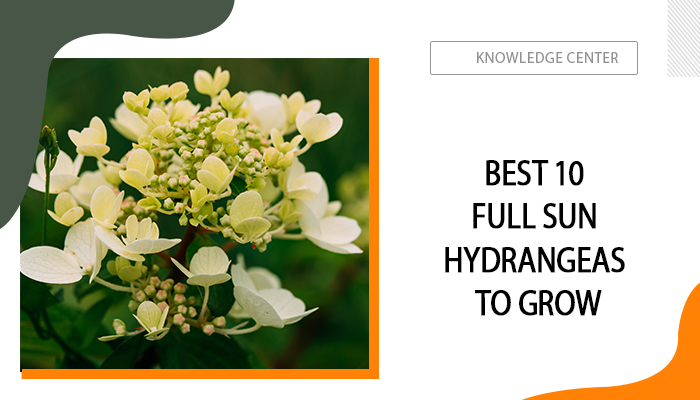In contrast to the common sense that hydrangeas are best raised in partial shade, some hydrangea varieties are actually quite hardy, say, the panicle hydrangea. Some hydrangeas can grow in full sun without hydrangeas leaves wilting or yellowing. If you are looking for best sun hydrangea, you can discover the updated 10+ best hydrangeas for full sun in this article. Let’s have a quick overview here.
Table of Contents
10+ Best Sun Hydrangeas
In this part, we'll take a closer look at different Hydrangea varieties and 10+ full sun hydrangeas. Let's take a quick overview of them.
- Limelight
- Little Lamb
- Grandiflora
- Pinky Winky
- Tardiva
- Fire Light
- Quick Fire
- Bobo
- Incrediball
- Annabelle
- Tuff Stuff
- Blue Billow
Panicle Full Sun Hydrangea Varieties
Panicle hydrangeas is the most heat tolerant hydrangea. It's botanically named hydrangea paniculata and it is a versatile and hardy species of hydrangea known for its show-stopping blooms and adaptability to a range of growing conditions. They are the most sun-friendly hydrangeas among all varieties, including the following 8 common shrubs.
Limelight Hydrangea
Limelight Hydrangea, the true sun lover, is a popular cultivar of Panicle Hydrangea. Renowned for their distinctive, lime-green to creamy-white blooms, these flowers gradually take on pinkish hues as they age, providing a changing color display from late spring to fall.
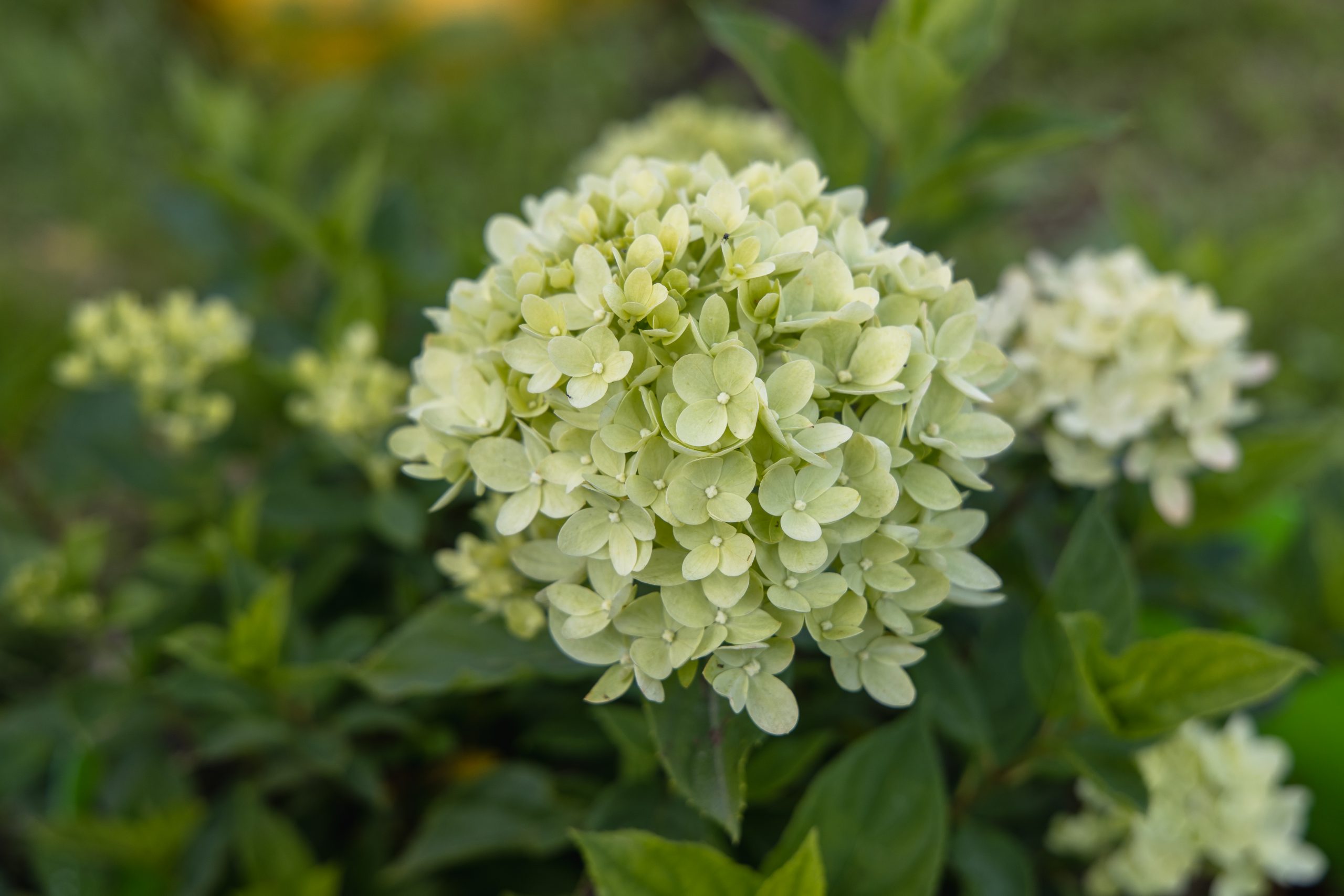
Full Sun Hydrangeas - Limelight Hydrangea
- Light: Limelights can in general handle full sun with 6 + hours of direct sunlight. They can also thrive in hot climates in zone 8 and 9.
- USDA Zone: 3 - 9
- Height: 6 - 8 feet
- Blooms: From early summer through late fall
Little Lamb
Known for its petite, white blossoms, Little Lamb stands out for its delicate and graceful appearance. The small, star-like flowers cluster together, creating a gentle, fluffy look reminiscent of a lamb's wool. One fun fact about Little Lamb is that, unlike other hydrangeas that rely on constant watering, this type of full sun hydrangea is very drought-resistant.
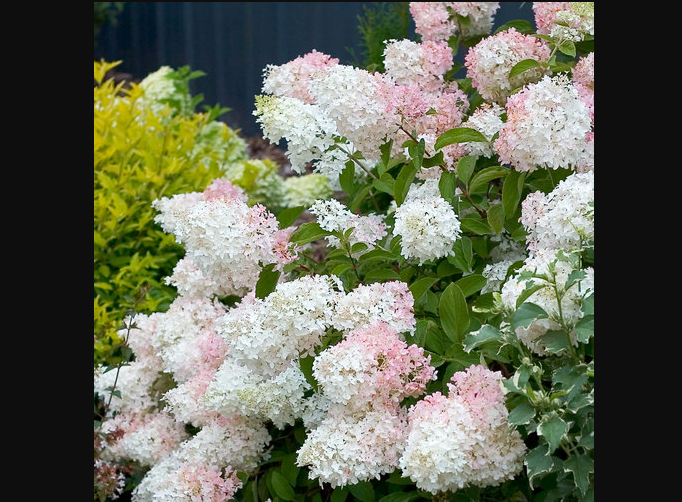
Full Sun Hydrangeas - Little Lamb
- Light: Full sun tolerant
- USDA Zone: 3a - 8b
- Height: 4 - 6 feet
- Blooms: Mid-summer
Grandiflora
Often referred to as "PeeGee," Grandiflora boasts large, conical flower heads that start off white and gradually deepen to a rose pink as the season progresses. As one famous panicle hydrangea variety, Grandiflora can grow quite tall and reach up to 15 feet. Therefore, if you are building a big garden yard, Grandiflora is a good fit to add some color.
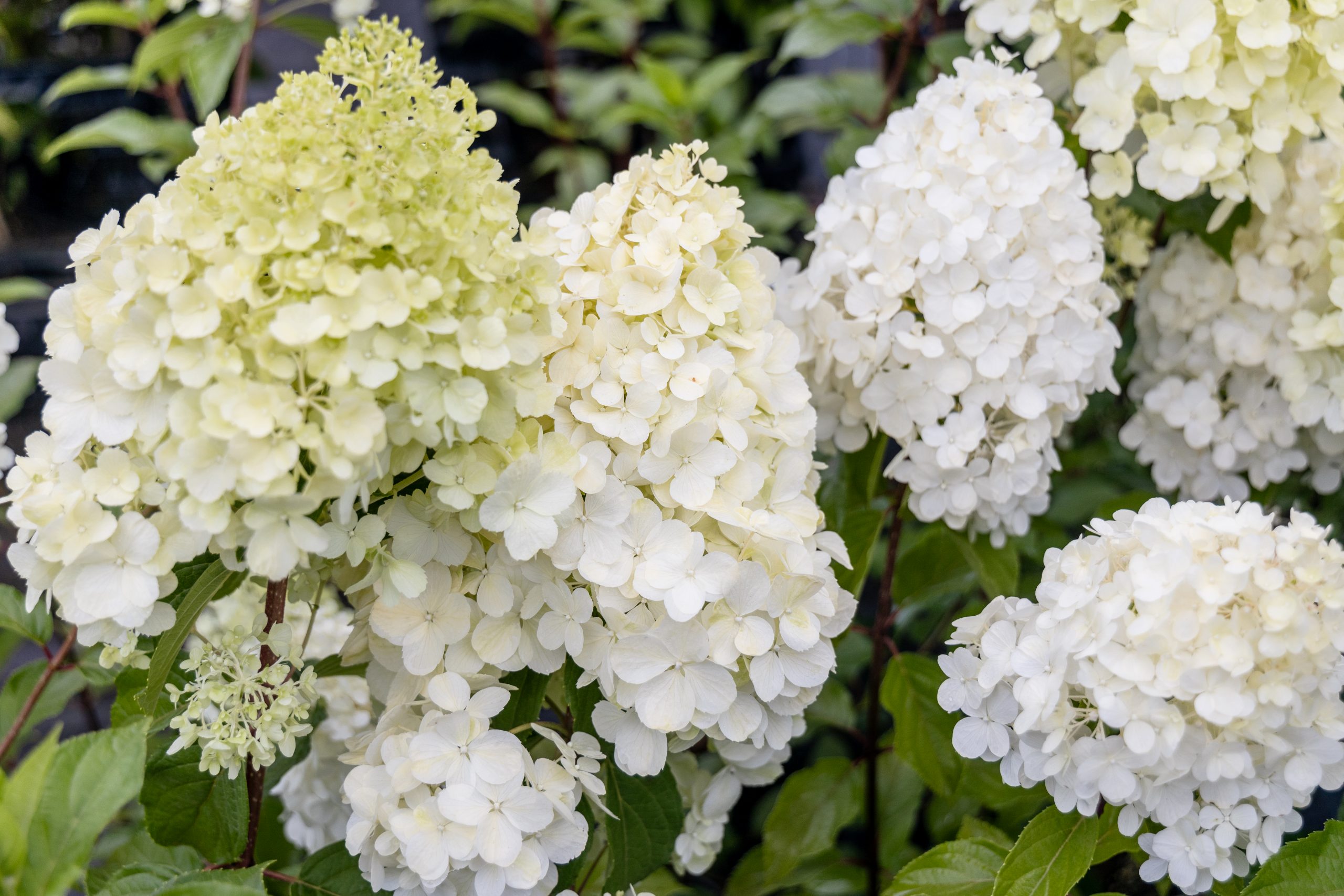
Full Sun Hydrangeas - Grandiflora
- Light: Full sun to partial shade.
- USDA Zone: 3 - 8
- Height: 10 - 15 feet
- Blooms: Mid-summer to early fall.
Pinky Winky Hydrangea
Guess you are familiar with Pinky Winky already. Characterized by its two-tone flowers, Pinky Winky offers a dramatic display of white and deep pink blossoms. As the season goes on, the white flowers turn pink, giving a beautiful dual-colored effect. This panicle hydrangea is also drought tolerant.
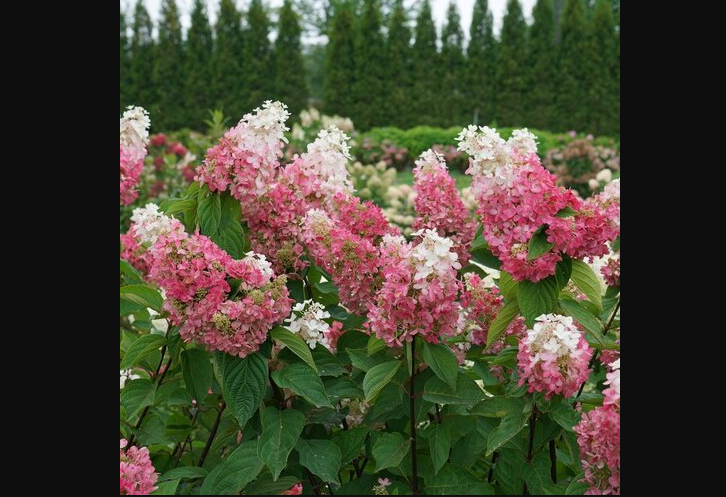
Full Sun Hydrangeas - Pinky Winky Hydrangea
- Light: Full sun to partial shade.
- USDA Zone: 3 - 8
- Height: 6 - 8 feet
- Blooms: Mid-late summer to early fall
Tardiva
'Tardiva' is a stunning variety of panicle hydrangea known for its impressive, large flower clusters that bloom later in the season, typically from mid to late summer. This deciduous shrub stands out with its elongated, creamy white blooms that gradually transition to a soft pink as they mature, creating a striking visual display in any garden. 'Tardiva' reaches heights of 6 to 8 feet, making it an excellent choice for creating a dramatic focal point or a privacy screen. It thrives in full sun to partial shade and is tolerant of various soil types, provided they are well-draining. With its robust growth habit and stunning floral display, 'Tardiva' is a popular choice among gardeners looking to add late-season color and interest to their landscape.
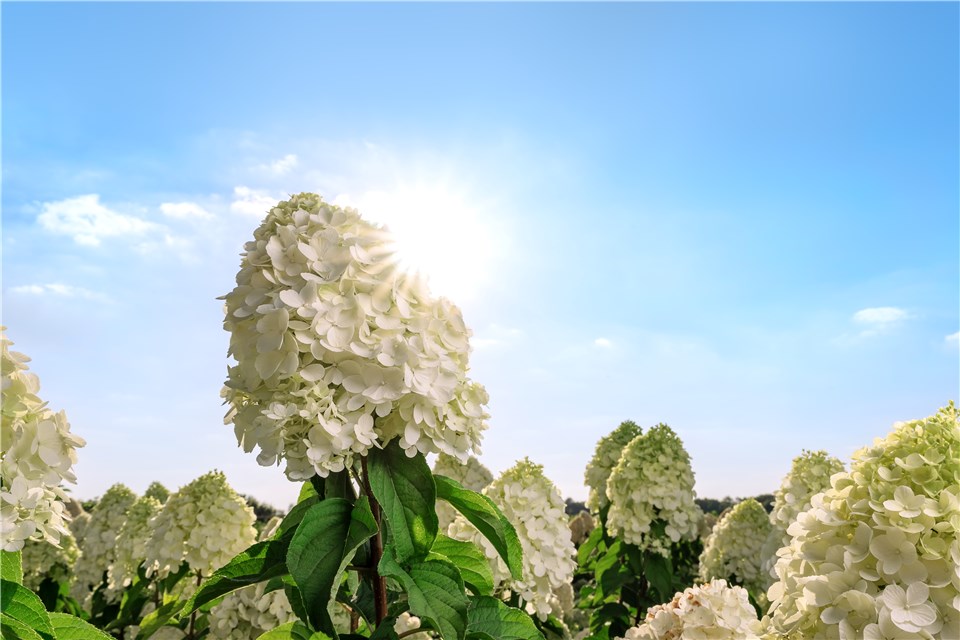
Full Sun Hydrangeas - Tardiva
- Light: Full sun to partial shade
- USDA Zone: 3 - 8
- Height: 6 to 8 feet
- Blooms: Large, creamy white flowers that transition to soft pink, blooming in mid to late summer
Fire Light Hydrangea
Aptly named for its vibrant, fiery red blooms, Fire Light sets any garden ablaze with color. As the blossoms mature, they transition from white to a deep, ruby red. It’s worth mentioning that Fire Light is one tree-form hydrangea full sun, and is only 2-3 feet tall, making it perfect for small garden owners to decorate their backyards.
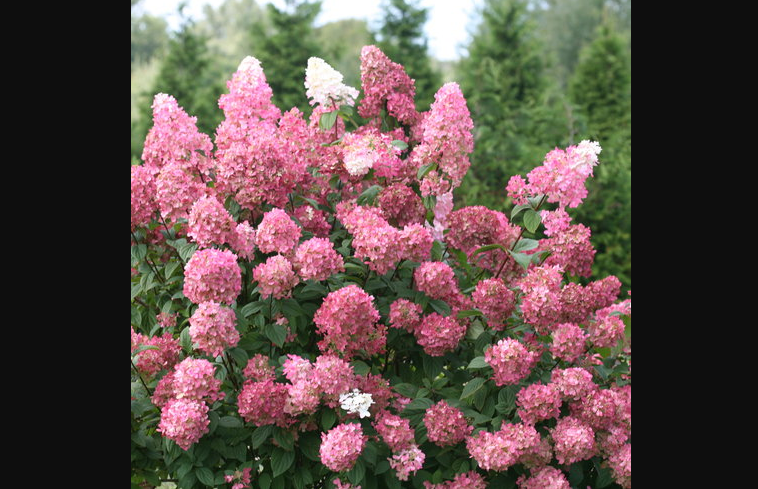
Full Sun Hydrangeas - Fire Light Hydrangea
- Light: Prefer 4 + hours of full sun
- USDA Zone: 3 - 8
- Height: 2 -3 feet
- Blooms: Mid-summer to early fall
Quick Fire Hydrangea
One of the first to bloom, Quick Fire showcases white blossoms that turn pinkish-red relatively early in the season, bringing a swift burst of color to any garden. Quick Fire blooms from late spring through late summer, however, unlike the full-sun hydrangeas listed above, Quick Fire flowers can hang on the stem tightly in autumn and even early winter.
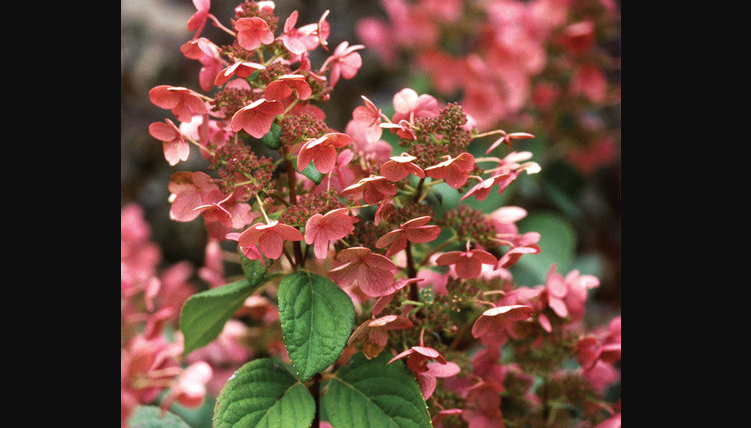
Full Sun Hydrangeas - Quick Fire Hydrangea
- Light: Prefer 5 + hours of direct sun
- USDA Zone: 3 - 8
- Height: 6 - 8 feet
- Blooms: Late spring to late summer but flowers stay even in early winter
Bobo Hydrangea
Bobo is another compact and delicate full sun hydrangea for home gardens or containers. Its white blossoms cover the plant from head to toe and gradually turn a lovely pink hue as they age. However, this hydrangea shrub takes about 2 years to be fully grown, which you might have to take into consideration before purchasing the seeds.
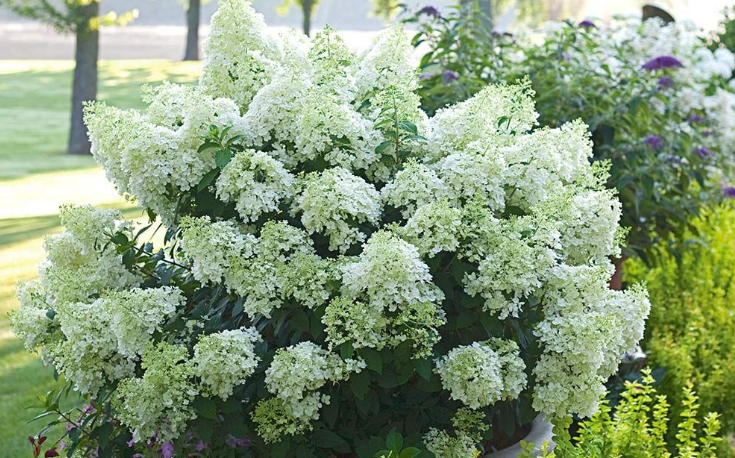
Full Sun Hydrangeas - Bobo Hydrangea
- Light: Full sun to partial shade
- USDA Zone: 3 - 8
- Height: 2 - 3 feet
- Blooms: Early summer to early fall
Smooth Full Sun Hydrangea Varieties
Smooth Hydrangeas, scientifically known as hydrangea arborescens, are a beloved species native to the eastern United States. Distinguished by their broad, heart-shaped leaves and showy clusters of blooms, these hydrangeas full sun are often recognized for their ability to produce large, round flower heads similar to snowballs. Here we choose two iconic smooth hydrangeas full sun to discuss further.
Incrediball Hydrangea
Living up to its name, Incrediball boasts enormous, ball-shaped white flowers. Strong stems ensure the blossoms stay upright, even after a heavy rain. The white color and round shape of this hydrangea shrub make it perfect for cut flowers and wedding bouquets.
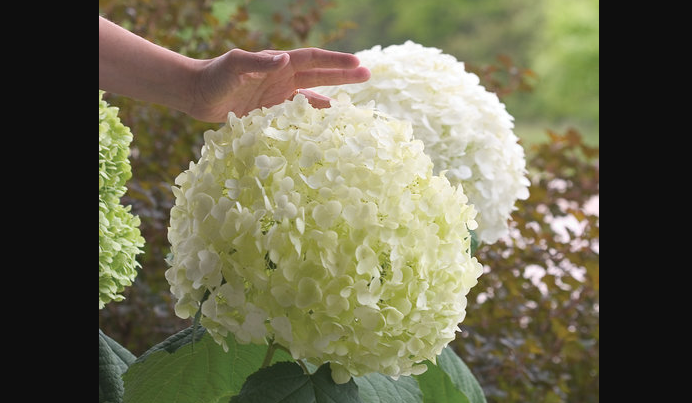
Full Sun Hydrangeas - Incrediball Hydrangea
- Light: Full sun to partial shade with at least 4-6 hours of sunlight per day
- USDA Zone: 3a - 9b
- Height: 4 - 5 feet
- Blooms: Mid-summer to early fall.
Annabelle Hydrangea
A classic beauty, Annabelle offers large, round, pure white blossoms. These flowers can be so massive they almost seem to glow in the dusk. One reason why this variety is well-loved by growers is that Annabelle consistently blossoms each year, regardless of harsh pruning or extremely cold winters.
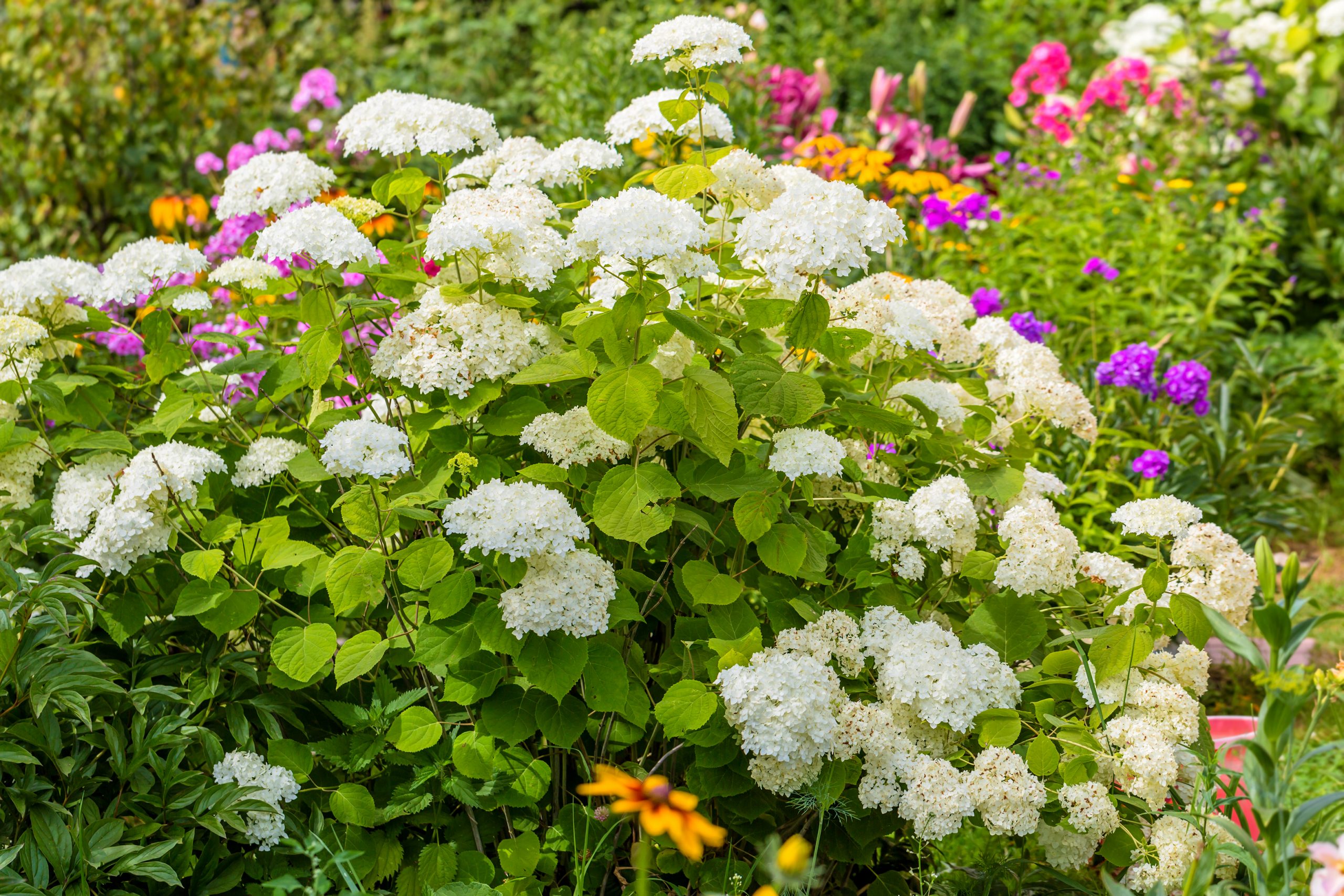
Full Sun Hydrangeas - Annabelle Hydrangea
- Light: Partial sun with at least 5 hours of direct sunlight to full sun
- USDA Zone: 3 - 8
- Height: 3 - 5 feet
- Blooms: Mid-summer to early fall, somewhere between July to September
Mountain Full Sun Hydrangea Varieties
Here comes the last full sun hydrangea variety. Mountain hydrangeas, scientifically known as Hydrangea serrata, encompass a diverse group of hydrangea varieties that thrive in mountainous regions, particularly in Asia. To name one classic Mountain hydrangea, Tuff Stuff and Blue Bellow are the ones you don't want to miss.
Tuff Stuff
As its name implies, Tuff Stuff is a hardy hydrangea variety that can live in winter coldness. One of the standout features of 'Tuff Stuff' hydrangeas is their profusion of lacecap flowers. These blooms consist of flat clusters of tiny fertile flowers surrounded by larger, showy sterile flowers.
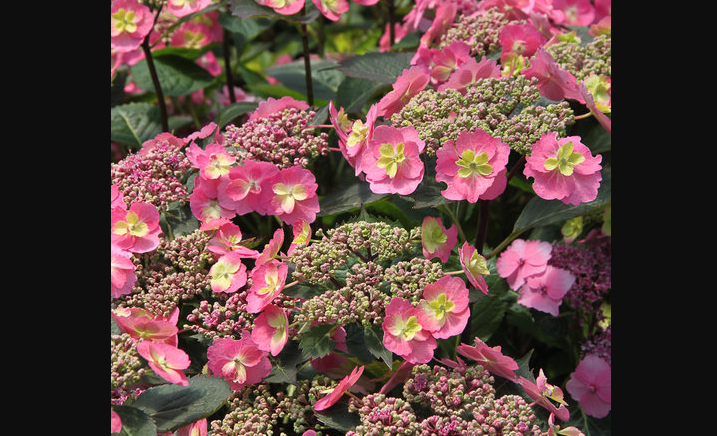
Full Sun Hydrangeas - Tuff Stuff
- Light: Full sun to partial shade
- USDA Zone: 5 - 9
- Height: 2 - 3 feet
- Blooms: Late spring to early summer
Blue Billow
Blue Billow is a charming variety of mountain hydrangea known for its abundant, lush blue flowers and attractive, cascading growth habit. This deciduous shrub typically reaches a height of 3 to 4 feet, making it an excellent choice for borders, containers, or smaller garden spaces. 'Blue Billow' blooms in summer, producing large, rounded flower clusters that create a stunning visual display. It thrives best in well-drained soil and enjoys partial shade to full sun, making it a versatile addition to any landscape. With its vibrant blooms and compact size, 'Blue Billow' is perfect for adding color and texture to your garden.
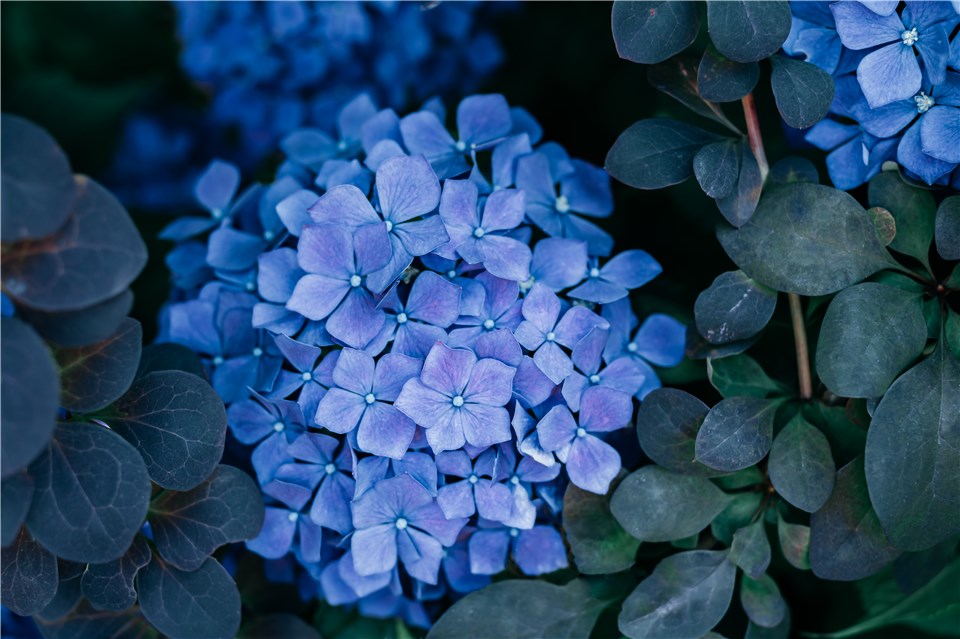
Full Sun Hydrangeas - Blue Billow
- Light: Partial shade to full sun
- USDA Zone: 5 - 9
- Height: 3 - 4 feet
- Blooms: Abundant blue flower clusters blooming in summer
What to Look for When Growing Full Sun Hydrangea?
Full sun hydrangeas are often hardy and generally require low maintenance. However, for successful hydrangea planting, there are some tips you should follow when growing hydrangeas in full sun.
Where to Plant Full Sun Hydrangeas?
When planting hydrangeas that thrive in full sun, such as Panicle Hydrangeas (Hydrangea paniculata), choose a location that receives at least 6 hours of direct sunlight each day. Ideally, the morning sun is best, as it helps prevent the intense heat of the afternoon from stressing the plants.
Look for well-draining soil rich in organic matter, as this will support healthy growth and blooming. Ensure the site has good air circulation to reduce the risk of diseases. Additionally, consider planting these hydrangeas in a spot where they can benefit from some afternoon shade in extremely hot climates, as this can help prevent leaf scorch. By selecting the right conditions, you can effectively support the growth and vibrant blooms of full sun hydrangeas.
Which USDA Zone Are You In?
From all locations listed above, it’s not hard to see most full sun hydrangeas thrive in 3-8 hardiness zones.
If you are living in northern regions (zone 6 and below), growing hydrangeas in full sun should not be a problem even in hot summers. For indoor hydrangeas growing such as Bobo, Fire Light, and Littlt Lamb, perhaps you’ll have to think about using plant grow lights in areas with limited natural sunlight, especially during the winter.
On the other hand, for southern gardeners, the morning sunlight is all you need. And it would be a wise idea to provide afternoon shade to protect hydrangeas from intense sun exposure.
Ample Watering Is A Must
Except for certain varieties that are highly drought-tolerant, most hydrangeas in full sun will need more water to thrive. Keep the soil consistently moist, but not waterlogged. Use a soaker hose or drip irrigation to deliver water directly to the base of the plant and avoid wetting the leaves, as wet leaves in direct sun can lead to burn or disease.
Mulch Is Necessary
Apply a layer of organic mulch, such as wood chips or compost, around the base of the plant. Mulch helps retain soil moisture, regulate soil temperature, and reduce weed competition.
FAQs about Full Sun Hydrangea
By the end of the article, we'll answer several questions about full sun hydrangeas.
Can hydrangeas grow in full sun?
Yes. Although most hydrangeas prefer partial sun, particularly the morning sun, or shade. Some hydrangea varieties, such as panicle, incrediball, and pinky winky hydrangeas, are sun tolerant and can grow in full sun as long as enough water is provided.
Can hydrangeas get too much sun?
NO! Hydrangeas cannot get too much sun, as this will lead to stress and damage to the plant. While some varieties, like panicle hydrangeas, can tolerate full sun, many types, particularly bigleaf and oakleaf hydrangeas, prefer partial shade. Excessive sunlight can cause the leaves to scorch, leading to wilting, faded colors, and reduced blooming. To ensure healthy growth, it's important to monitor your hydrangeas for signs of sunburn and provide adequate moisture, especially during hot, sunny days. If you notice any signs of stress, consider relocating the plants to a spot with more filtered light or providing afternoon shade to protect them from harsh sun exposure.
How big do hydrangeas get?
The size of hydrangeas can vary significantly depending on the species and variety. Generally, most hydrangeas grow between 3 to 10 feet tall and can spread from 3 to 6 feet wide. For example, dwarf varieties like 'Pinky Winky' may reach only 3 to 4 feet, while larger types, such as panicle hydrangeas (Hydrangea paniculata), can grow up to 8 to 10 feet tall. Additionally, factors such as growing conditions, pruning practices, and soil quality can influence the overall size of the plant. By selecting the appropriate variety for your garden and providing proper care, you can achieve the desired size and shape for your hydrangeas.
Do hydrangeas need full sun?
No, hydrangeas do not typically require full sun and generally prefer partial sun or shade. However, specific varieties, such as Panicle, Smooth, and Mountain hydrangeas are highly tolerant of full sun conditions.
Read Also: Can Hydrangeas Grow in Full Shade >


